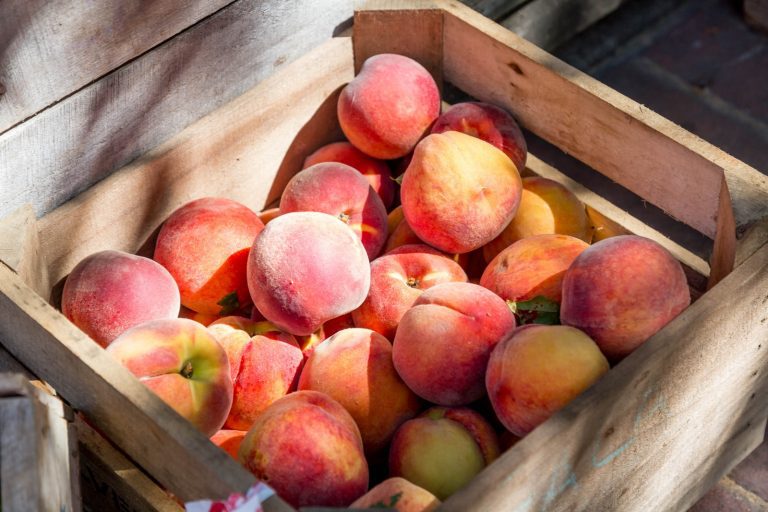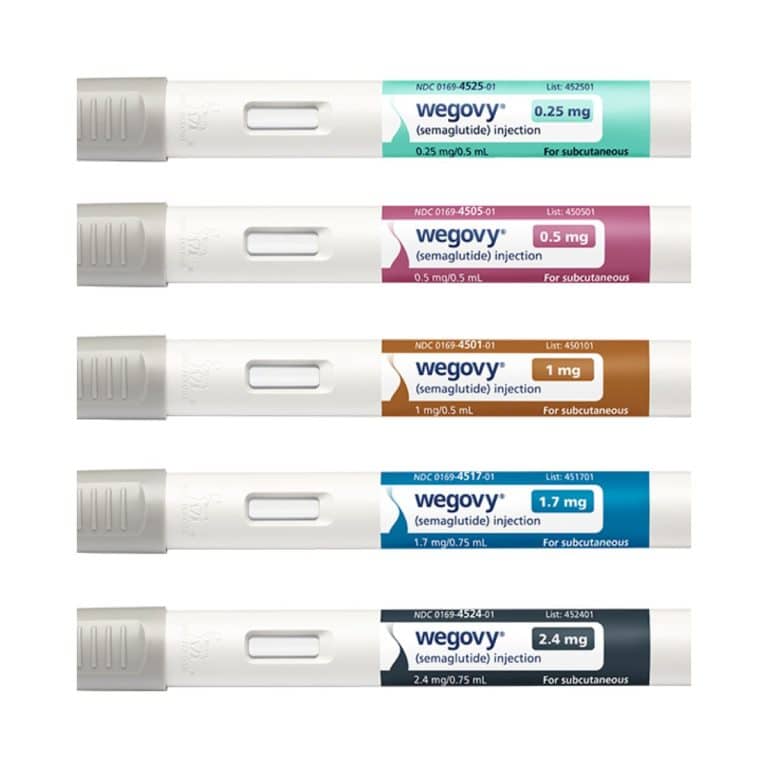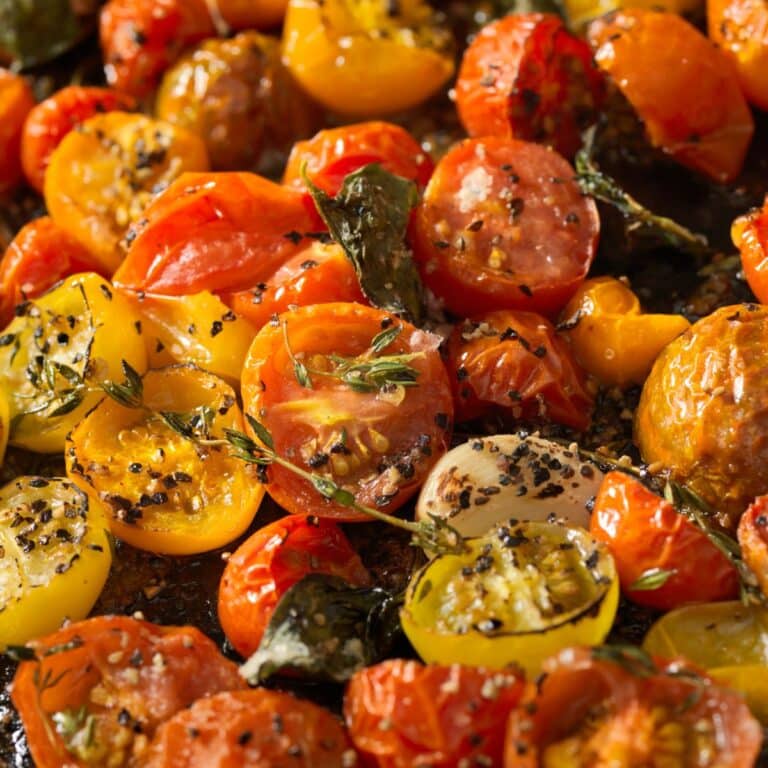Rybelsus® (semaglutide) tablets are a prescription medication used to treat adults with Type 2 Diabetes. Along with diet and exercise, Rybelsus® may help lower blood sugar, but there are 5 Rybelsus foods to avoid.

How to take Rybelsus?
Generally, it is recommended to follow a healthy eating plan to see the best results while using Rybelsus. It is important to take Rybelsus exactly as your healthcare provider tells you to and to follow these instructions for the medication to work properly:
•Take Rybelsus® by mouth on an empty stomach when you first wake up.
•Take Rybelsus® with a sip of plain water (no more than 4 ounces).
•Do not split, crush or chew. Swallow Rybelsus® whole.
•After 30 minutes, you can eat, drink, or take other oral medicines.
•If you miss a dose of Rybelsus®, skip the missed dose and go back to your regular schedule
Will I experience side effects while taking Rybelsus?

There are possible side effects when taking Rybelsus®. Most people taking Rybelsus® experience some side effects. Typically, the side effects are mild and may improve over time.
Some common side effects of Rybelsus® include:
- Nausea
- Diarrhea
- Vomiting
- Constipation
- Stomach (abdomen) pain
- Bloating, burping, or gas
The side effects that patients often report are mild stomach pain and nausea. The good news is, you can prevent or at least lessen these side effects by paying attention to what you eat.
Fried foods and fatty foods, such as fast food, and foods high in sugar tend to be the toughest for your body to digest and the most likely to cause nausea while taking a GLP-1 medication. According to the manufacturer, patients taking Rybelsus® who experience nausea should consider the following tips:
- Eat bland, low-fat foods, like crackers, toast, and rice
- Eat foods that contain water, like soups and gelatin
- Avoid fried, greasy, or sweet foods
- Avoid lying down after you eat
- Go outdoors for fresh air
- Eat more slowly
- Drink clear or ice-cold drinks
Talk to your healthcare provider about any side effects that become bothersome or that don’t go away. You can also join our Facebook Community for additional support. If you experience any severe side effects, such as anaphylaxis or shortness of breath, seek immediate medical care from a healthcare professional.
What happens if you overeat while on semaglutide?
Semaglutide will make you feel full on far less food, so plan to eat small meals throughout the day. If you eat too much in one sitting, you can end up with nausea, heartburn, or other unpleasant GI issues. And always keep some over-the-counter medicines at hand in case you need them. Research has long indicated that even those without diabetes or non-obese individuals can experience upset stomach and digestive issues when eating deep-fried foods, which means those on semaglutide medications are facing a higher likelihood of GI issues if they regularly eat fried, greasy meals or foods that are high in fat.
Here are the 5 Rybelsus foods to avoid or limit:
- Processed foods: Processed foods like chips, candy, and fast food are often high in sugar, salt, and unhealthy fats, making them a poor choice for anyone trying to lose weight. See a sample meal plan that includes minimally-processed foods below.
- High-fat meats and other high-fat foods: While some healthy fats are good for you, high-fat meats like bacon and sausage should be limited on a Rybelsus® diet. Foods like greasy pizza, buttery cream-based alfredo sauce, high-fat dairy, and fast food.
- Sweets and other high-sugar foods: Reducing your intake of sugary foods like candy, pastries, ice cream, and soda doesn’t mean you need to miss out on treats altogether. As redundant as the phrase might sound, it’s all about moderation and balance. Simple swaps, like flavored seltzer instead of soda or fresh fruit instead of a bottled smoothie, can make a big difference.
- Sugary drinks: Sugary drinks like soda and juice can quickly add up in calories and contribute to weight gain. Stick to water, unsweetened tea, or coffee instead. Some wonder if carbonated water is a healthy choice for teeth when avoiding sugary drinks? According to available research, carbonated or “sparkling” water, although slightly more acidic than regular water, is generally fine for your teeth.2 While it is great to replace soda with carbonated water, it should not be used as a replacement for water with fluoride. However, not all carbonated waters are created equal. Citrus-flavored waters may have higher acid levels, increasing the risk of damage to tooth enamel. A good way to help protect your teeth is to drink these in one sitting or with meals. If you prefer drinking it without food, another option is to use a straw to help the water bypass your teeth. Remember, sparkling waters that have added sugar are sugar-sweetened beverages, which increase your risk of developing tooth decay and other chronic diseases.
- Alcohol: Alcohol is high in calories and can impair your judgment, making it more challenging to stick to your healthy eating plan.
What should I eat while taking Rybelsus?
Consider visiting the meal plans section of this website. You can find my favorites here and here.
Ideas for a day of minimally processed meals:
You don’t have to avoid all processed foods but begin by adding more fresh or minimally processed ingredients to your shopping cart. More time may be needed to prepare these foods than just opening a can or popping a frozen container in a microwave, but the rewards may be fresher flavors, increased nutrients, and eating fewer additives that have no nutritional benefit.
Breakfast:
- Look for breads that include whole grain flour as the main ingredient (it should be listed first) and that contain minimal additives and preservatives
- Swap out butter spreads for mashed avocado or nut/seed butter
- Choose breakfast cereals with less added sugar, such as plain steel-cut or large flake oats, plain shredded wheat, and low-sugar mueslis. Add nuts, chia seeds, or flaxseeds, and fresh diced fruit to cereals for a heartier meal
Lunch/Dinner:
- Reduce takeout and prepare more home-cooked meals using fresh ingredients or processed frozen or canned ingredients that are low in added sugar, sodium, and saturated fat.
- Choose fresh poultry and fish, dried or low-sodium canned legumes, dry or frozen plain whole grains (brown or wild rice, farro, millet, quinoa), fresh or frozen unseasoned vegetables, and herbs, spices, and vinegar.
- Cook in bulk and freeze extra food so that you have meals ready to reheat when you are busy. Dinner leftovers make a great next-day lunch! If you are not used to cooking at home, it may require some planning ahead and experimentation at first.
Snacks:
- Try fresh washed and sliced fruits, raw sliced vegetables with hummus, plain or low-sugar yogurt, unsalted nuts, roasted chickpeas or other beans, edamame, overnight oats, or homemade trail mix with nuts, seeds, and dried fruit.
Beverages:
Your body appreciates plain water! Try it chilled with ice, warmed, or infused with fresh mint, slices of citrus fruit, or a piece of ginger.
Restaurants:
- Bypass the usual highly processed fast-food options of fried chicken, burgers, and fries. Visit eateries that offer fresh vegetables or salads; lean fresh protein foods like fish, poultry, tofu, or legumes; and whole grains that are simply prepared without excess salt and fat.
- Research menus online when available, to save time when making food selections
For more information about whole grains and eating less processed foods, take a look at some of my favorite sites:






